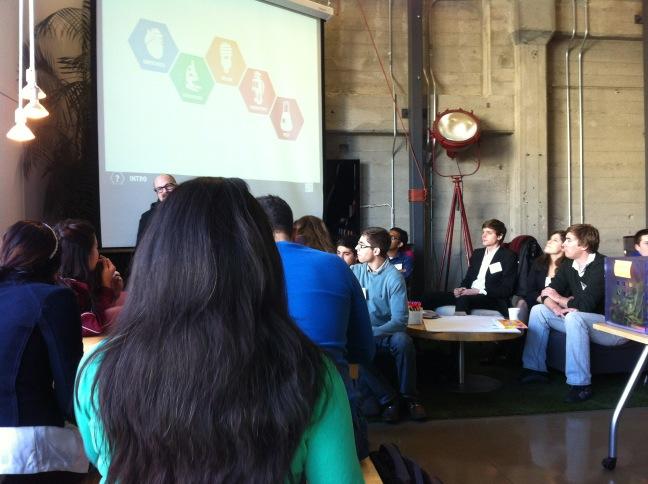
Ever wonders what makes people click? Brothers Ori and Rom Brafman tackle this timeless question (well!) in their new book Click.
They cite five primary factors that make people ‘click’:
- Vulnerability. While certainly not a risk-free activity, sharing a personal vulnerability is an immediate way to appear authentic (you are placing truth over pride) and confer trust.
- Proximity. Most relationships (personal or professional) are dictated by distance. Be where the people you want to meet are.
- Resonance. Sympathize with your audience and communicate your authentic understanding of them and their situation.
- Similarity. The shocker here was volume trumps quality. People are more likely to perceive more closeness with another that shares a number of trivial similarities (same hometown, birthday, favorite ice cream) than a singe large one (career choice). While counter-intuitive to me, I can understand how the discovery of each new (even trivial) similarities is a cue that re-enforces your bond each time it occurs.
- Safe Place. This can be determined by frame (we are the most similar people in this room) or by a common adversary (we’re in it together!).
So if most of these factors are pre-determined what is one to do to improve the situation? Of the many ideas outlined my takeaways were:
- Personal Elevation. The vast majority of people have a complimentary person. Be it personal or professional, there are people out there that make you more than the sum of your parts. Find them.
- Modulate expression. The ability to match your expression to the common level of the group demonstrates a strong awareness and creates comfort (see similarity).
- Be the Hub. Helping people meet is the most powerful way to meet others yourself. There are always those that are at the center of communications. If nothing else, identify the hubs in your life!
While I approach many of these pop-psychology books with a healthy does (or two) of skepticism, Click really delivered on some intuitive observations followed by quite a few actionable recommendations.
All the factors that make you Click are current. It will align your present selves, but not your future goals. I think of the aspects of Click as an emotional fit (heart) – don’t forget about the intellectual fit (head)!






 The closing speaker for the i-Lab’s Silicon Valley trek was
The closing speaker for the i-Lab’s Silicon Valley trek was  To end our last day of VC visits in the Valley we spent the afternoon with
To end our last day of VC visits in the Valley we spent the afternoon with 











